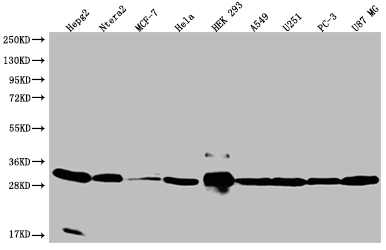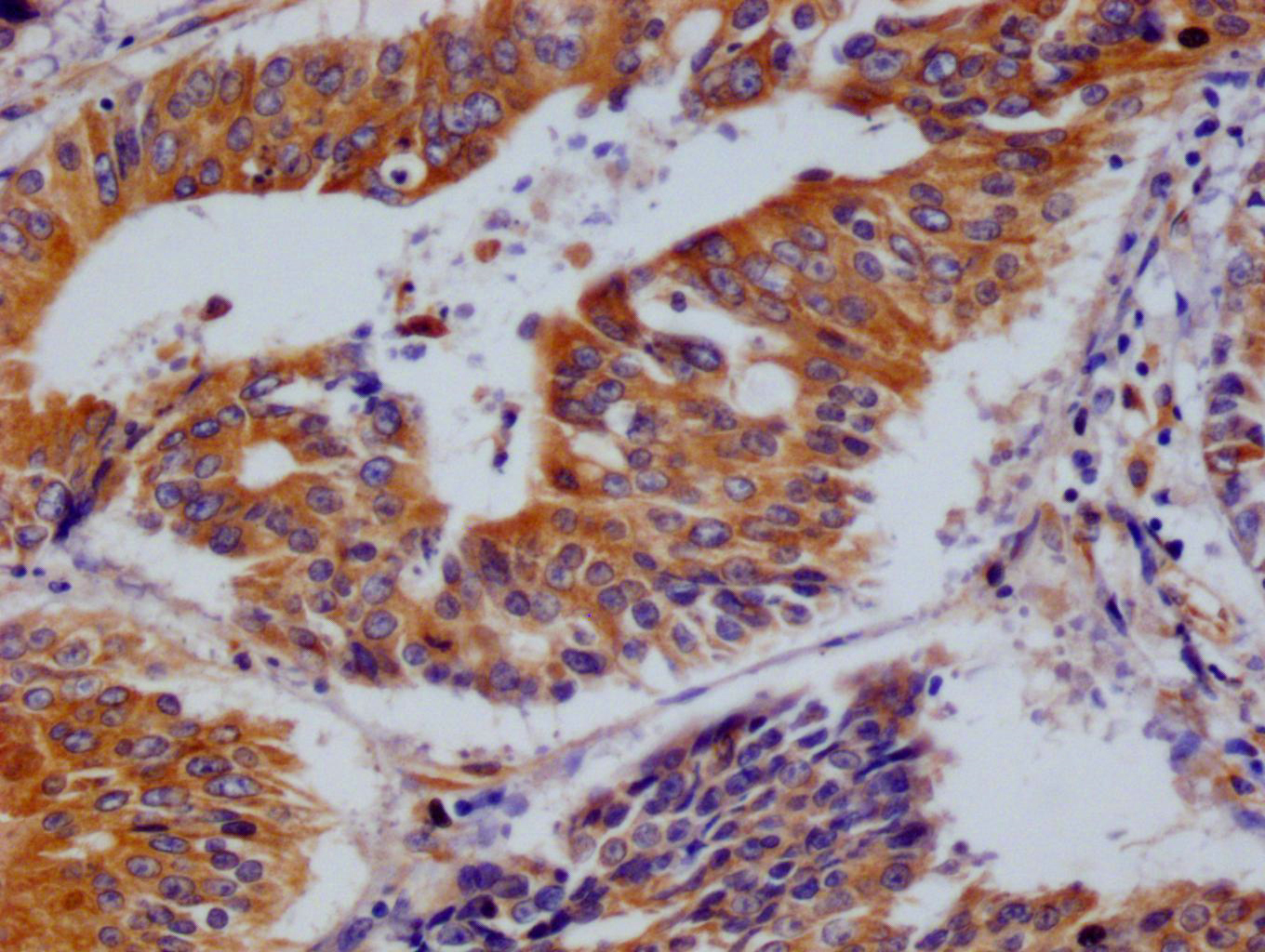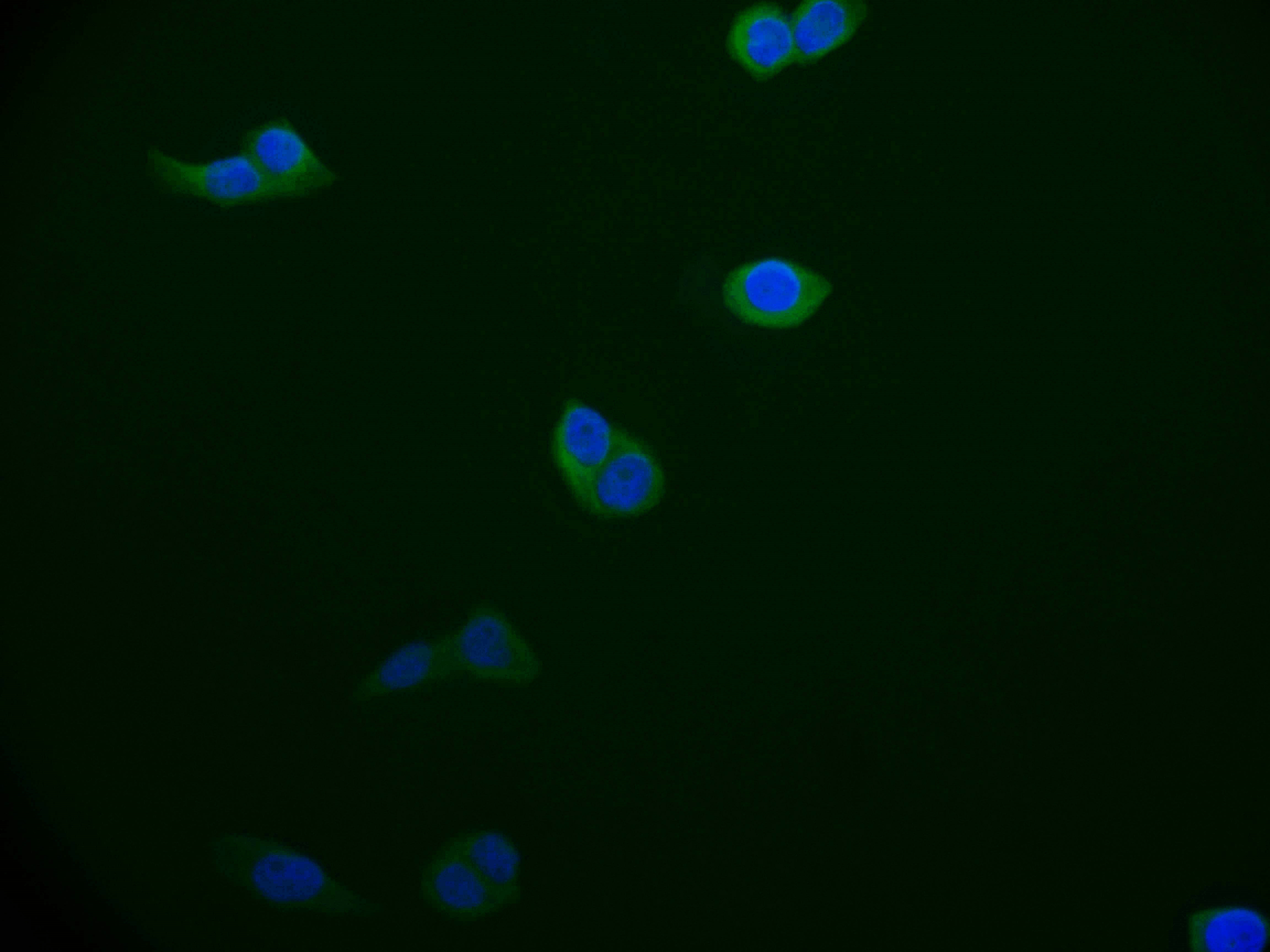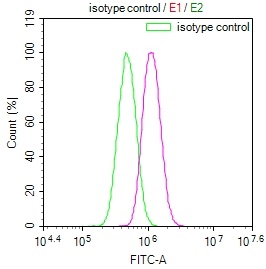To create the BCAP31 recombinant monoclonal antibody, several intricate steps are taken. The first involves obtaining and sequencing the BCAP31 monoclonal antibody gene. A vector carrying the antibody gene is then constructed and introduced into a host cell line for culture. During BCAP31 monoclonal antibody production, a synthesized peptide based on human BCAP31 serves as the immunogen. The BCAP31 recombinant monoclonal antibody is then purified using affinity chromatography and tested for specificity through ELISA, WB, IHC, IF, and FC applications. It is only reactive with human BCAP31 protein.
BCAP31 is a protein that is located on the endoplasmic reticulum (ER) membrane and is involved in a variety of cellular processes, including protein trafficking, calcium homeostasis, and apoptosis. It functions as a chaperone protein, helping to correctly fold and transport newly synthesized proteins to their appropriate destinations within the cell. BCAP31 has also been shown to be involved in the regulation of calcium levels in the ER and in the activation of the unfolded protein response (UPR) pathway. Additionally, mutations in the BCAP31 gene have been associated with a rare X-linked disorder called X-linked chondrodysplasia punctata type 2 (CDPX2), which is characterized by skeletal abnormalities and other developmental defects.









